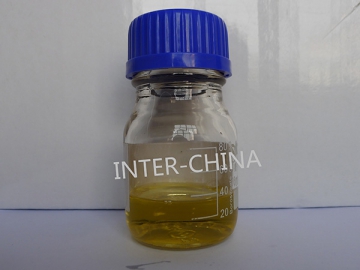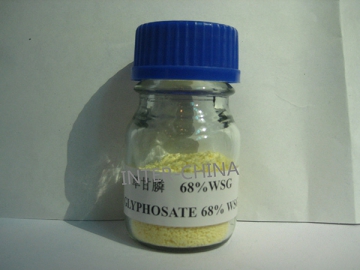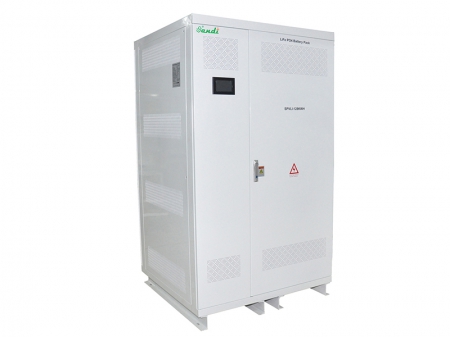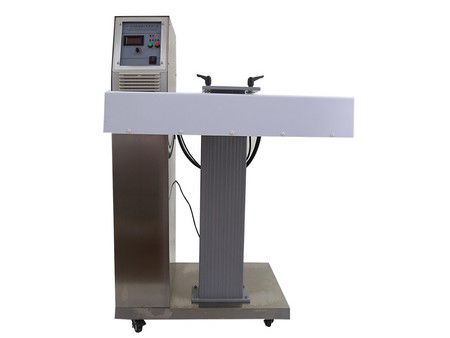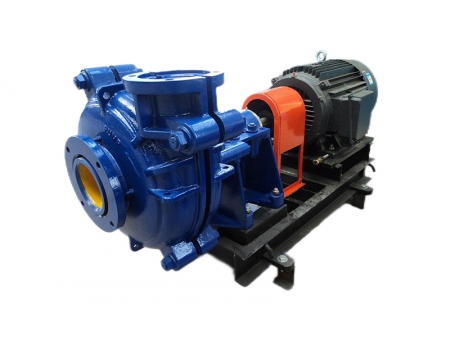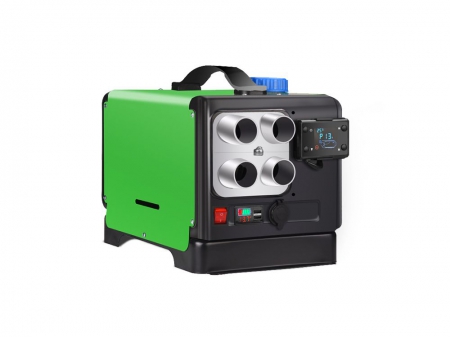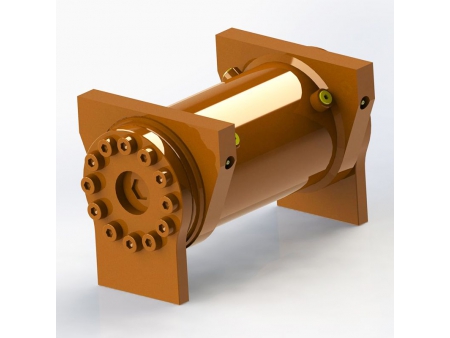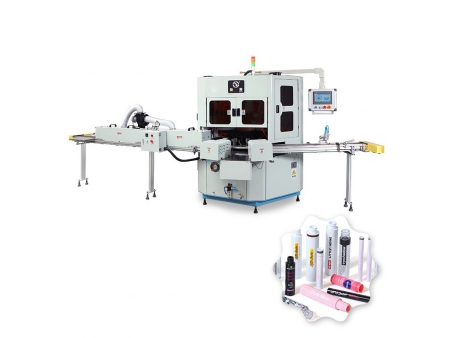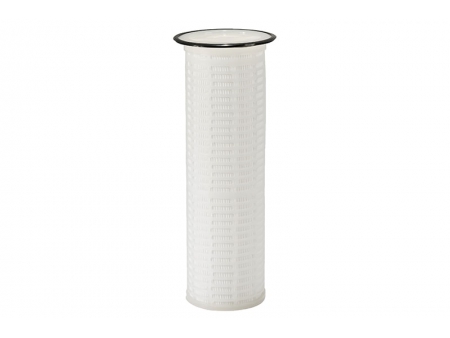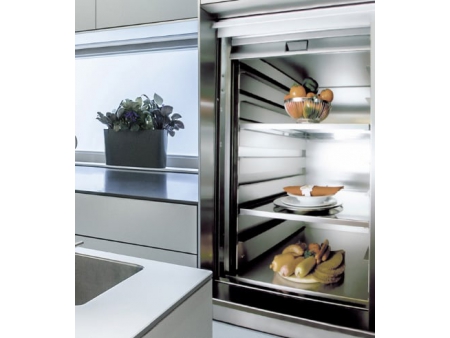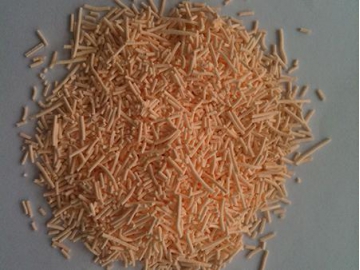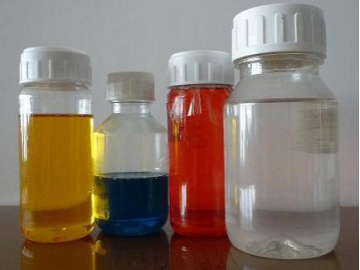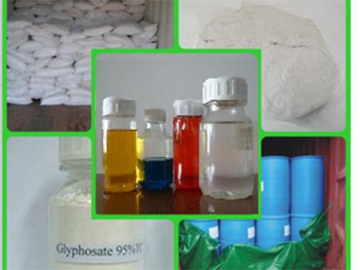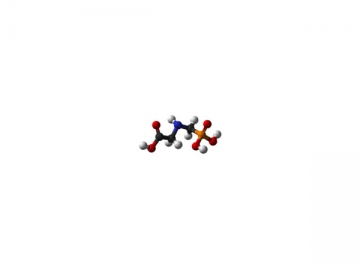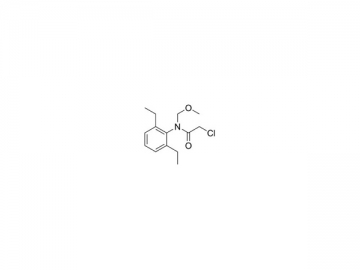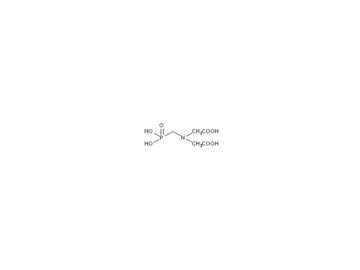Glyphosate
CAS NO.: 1071-83-6
Glyphosate, also referred to N-(phosphonomethyl)glycine, is a broad-spectrum systemic herbicide used to kill weeds, especially annual broadleaf weeds and grasses known to compete with commercial crops grown around the globe.
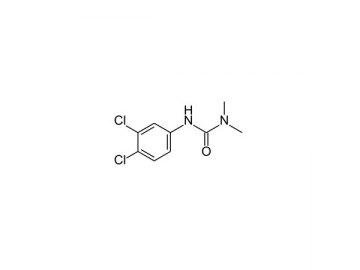
Function
Glyphosate is effective in killing a wide variety of plants, including grasses, broadleaf, and woody plants. It has a relatively small effect on some clover species. By volume, this organic matter is one of the most widely used weed killers. It is commonly used for agriculture, horticulture, viticulture and silviculture purposes, as well as garden maintenance including home use.
| Crop | Target | Rate of Use | Application |
| Apple garden | Weeds | 1125-2250 g/ha. | Spray |
| Cotton field | Weeds | 922.5-1230 g/ha. | |
| Tea garden | Weeds | 1125-2250 g/ha. | |
| Sugarcane field | Weeds | 1125-2250 g/ha. | |
| Fruit garden | Weeds | 1125-2250 g/ha. | |
| Woods | Weeds | 1125-2250 g/ha. | |
| Mulberry | Weeds | 1125-2250 g/ha. | |
| Rubber garden | Weeds | 1125-2250 g/ha. | |
| Sisal hemp | Weeds | 1125-2250 g/ha. |
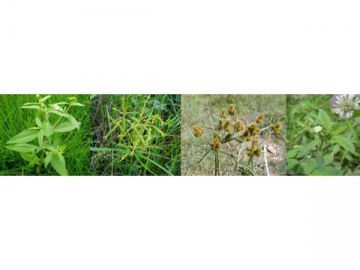
Note
Human acute toxicity is dose related. Acute fatal toxicity has been reported in deliberate overdose. Epidemiological studies have not found associations between long term low level exposure to glyphosate and any disease.
In June of 2013, the Medical Laboratory in Bremen published a report that this agrochemical was present in human urine samples from 18 European countries. Malta showed the highest test results with the chemical showing up in 90% of samples and the average for all countries was 43.9%. Diet was stated as the main source.
Technical Data of Glyphosate 360g/L SL| Items | Specification | Method |
| Appearance | Light-brown transparent liquid | N/A |
| Purity, g/L | 360 ± 16 | UV |
| PH Value | 4.0~7.0 | CIPAC MT 75.3 |
| Solution Stability (200 times) | The formulation, after the stability test at 54 2℃ and following dilution with CIPAC standard water D and standing at 30 2℃ for 18h, shall give a clear or opalescent solution, free from more than a trace of sediment and visible solid particles. Any visible sediment or particles produced shall pass through a 45μm test sieve. | GB/T 14825 |
| Storage Stability at 0℃ | After storage at 0 2℃ for 7 days, the volume of solid or liquid which separates shall not be more then 0.3ml. | CIPAC MT 39.1 |
| Storage Stability at Elevated Temperature | Comply with the above indicators | CIPAC MT 46.3 |

